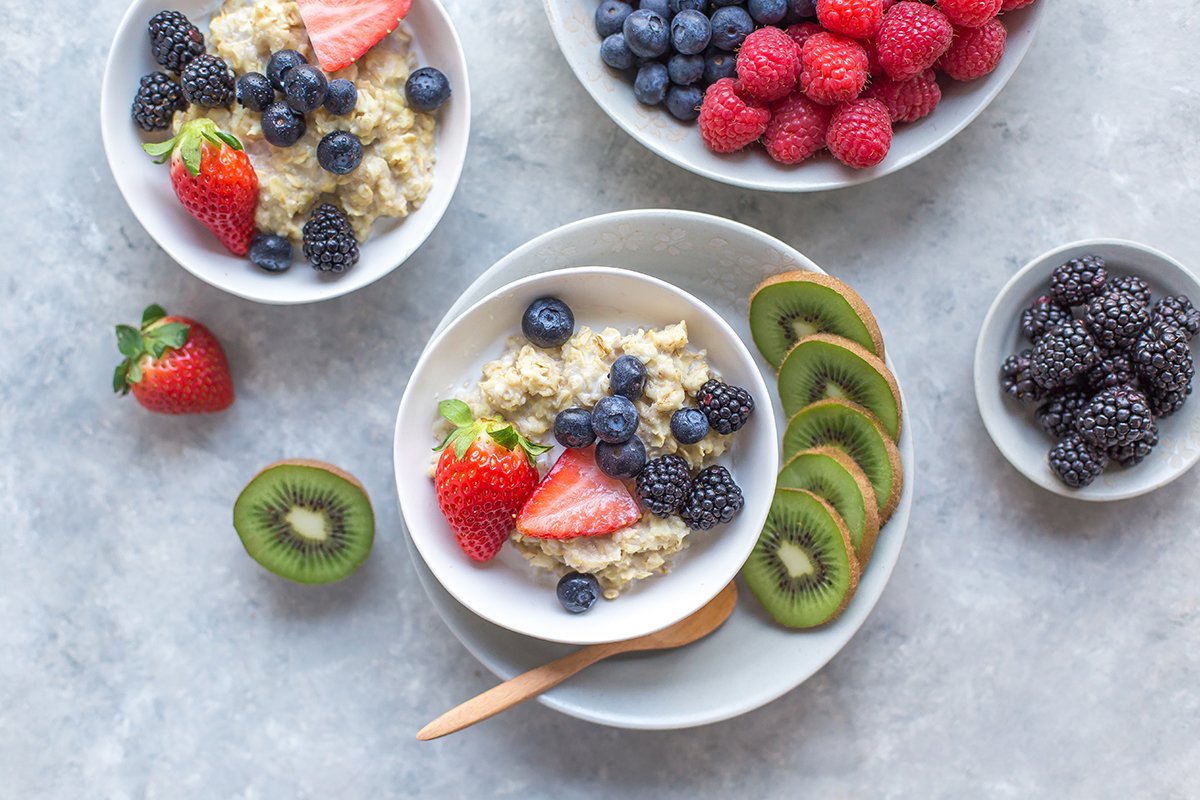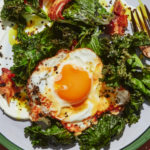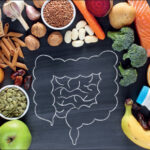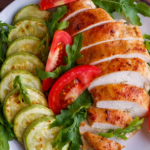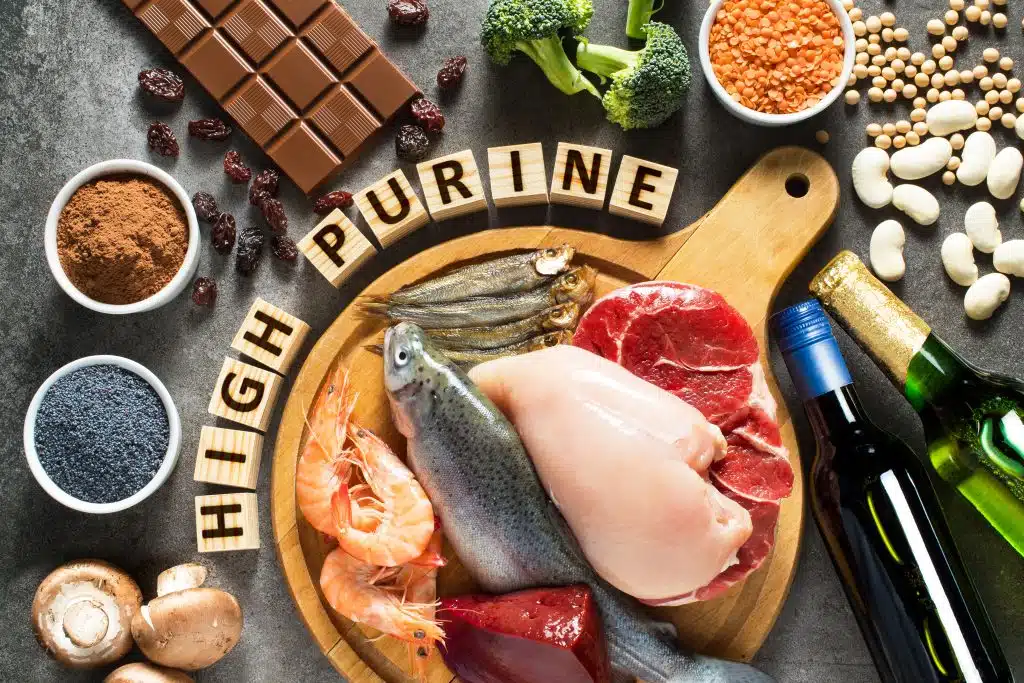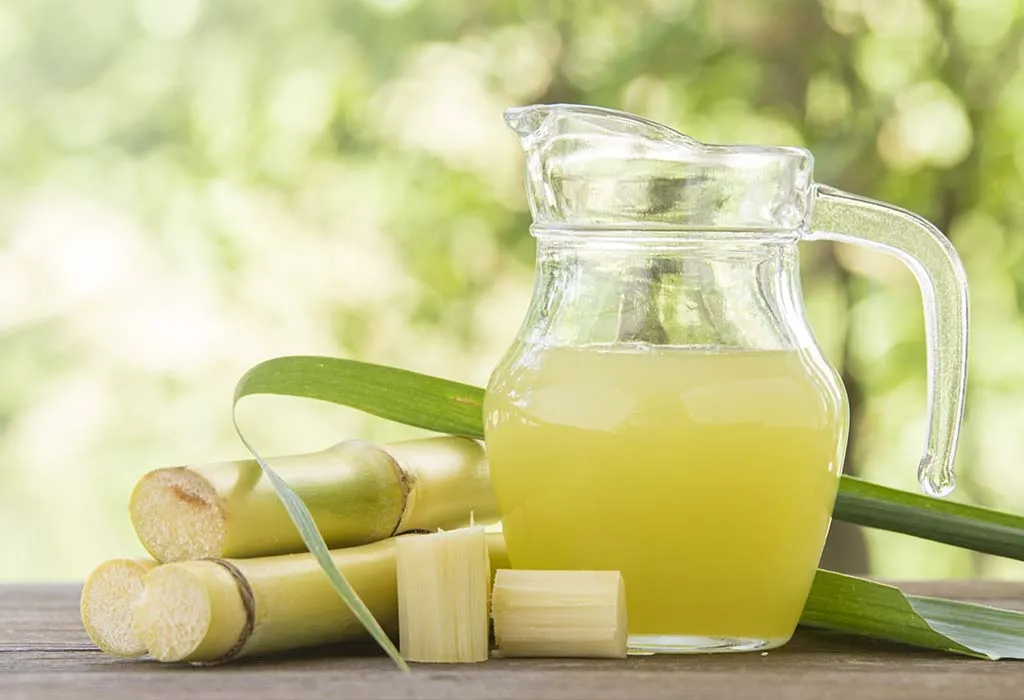Insulin Resistance Diet Plan
Before we discuss insulin resistance diet, understand that every day, your body uses a special hormone called insulin to turn the food you eat into energy. But sometimes, this process doesn’t work as it should. When that happens, it’s called insulin resistance. This means your body has trouble using insulin the right way.
When your cells don’t respond well to insulin, your body might try to make more insulin to make up for it. If your pancreas, the organ that makes insulin, can keep up and make enough extra insulin, then your blood sugar levels might stay normal.
But if your pancreas can’t make enough extra insulin, your blood sugar levels can get too high. That can lead to a condition called prediabetes or even type 2 diabetes.
Insulin resistance can be caused by many things. Things like your diet, how much you exercise, and your weight can all affect how well your body responds to insulin.
To help manage insulin resistance, it’s important to eat healthy foods (insulin resistance diet) and stay active.
Here are some tips for a healthy meal plan that can help you manage insulin resistance:
- Eat plenty of fruits and vegetables.
- Choose whole grains like brown rice and whole wheat bread instead of refined grains like white rice and white bread.
- Limit sugary foods and drinks.
- Include lean protein sources like chicken, fish, and beans in your meals.
- Watch your portion sizes to avoid overeating.
- Try to spread your meals and snacks throughout the day instead of eating large meals all at once.
By making these changes to your diet and lifestyle, you can help keep your blood sugar levels stable and reduce your risk of developing prediabetes or type 2 diabetes.
How Exercise and Weight Impact IR
The good news is, if you’ve been told you have insulin resistance, there are things you can do to lower your chances of getting type 2 diabetes. One big thing is to pay attention to your weight and how much you exercise. Studies have shown that making changes to your lifestyle, like losing weight, can really help.
Research from the Diabetes Prevention Program found that overweight or obese adults who lost weight reduced their chances of getting type 2 diabetes by a lot—58% fewer cases over three years, to be exact!
Other studies have shown that if people keep up with these lifestyle changes, they can put off getting type 2 diabetes even longer.
Exercise is a big part of the picture. When you exercise regularly, it helps your body use insulin better. This means that your muscles can take in sugar from your blood and use it for energy more efficiently. It’s like your muscles get better at letting sugar in when you exercise.
A mix of different types of exercise is best. Try doing both aerobic exercises, like jogging or biking, which get your heart pumping, and resistance exercises, like lifting weights or using resistance bands, which make your muscles stronger.
YOU MAY LIKE: Foods that Reduce Inflammation
The American Heart Association suggests aiming for 150 minutes of exercise each week for adults. You don’t have to go all out to see benefits—just taking a short walk after meals can really add up. For example, if you walk for just 15 minutes after each meal, that’s already 45 minutes a day, or 315 minutes a week!
If you’re not used to exercising, it’s a good idea to talk to your doctor first. They can help you figure out a plan that’s safe and works for you.
Maintaining a Healthy Weight
One big step in fighting insulin resistance is reaching and staying at a healthy weight. You can do this by being more active and following a special diet for insulin resistance. Even small changes can make a big difference!
Losing just a bit of weight—around 7 to 10% of what you weigh now—can really help stop prediabetes from turning into type 2 diabetes. For example, if you weigh 250 pounds, losing just 17 pounds can be a game-changer.
If you’re not sure where to start or you feel overwhelmed, don’t worry! You can get help from a Registered Dietitian Nutritionist (RDN).
They’re experts in creating meal plans that work for people with insulin resistance. They can also give you tips on how to shop for healthier foods and answer any questions you have about eating better.
The good news is, most insurance plans—including Medicare—cover visits with an RDN. So don’t hesitate to reach out and get the support you need.
You can check with your insurance provider to see what’s covered, or visit Eat Right to find an RDN near you. With the right guidance, you can take control of your health and feel better.
What’s the Best Diet for Insulin Resistance?
When it comes to insulin resistance diets, prediabetes, or diabetes, there’s no one-size-fits-all solution or quick fix. Different diet approaches, like the Mediterranean diet, vegetarian or vegan diets, low-fat diets, low-carb diets, and very low-carb (keto) diets, might have their benefits. But there’s no single diet that’s been defined as the best for people with prediabetes or diabetes.
What we do know from current research, as outlined in a report by the American Diabetes Association (ADA), is that there are some general guidelines that can help:
- Choose whole, unprocessed foods whenever possible.
- Try to limit highly processed foods that have added sugars, salt, and artificial trans fats.
- Opt for non-starchy vegetables over starchy ones or refined grains.
- Get more fiber in your diet, especially from sources like vegetables, fruits, beans, and whole grains that haven’t been broken down.
- Adjust your carbohydrate intake to fit your needs and goals.
- If you’re overweight or obese, aim to lose about 7-10% of your body weight and work on maintaining it.
Following these guidelines can help you make healthier choices and manage your insulin resistance better. It’s essential to find what works best for you and your body, so don’t hesitate to experiment and seek advice from healthcare professionals, like dietitians or doctors, if you need help figuring out the best approach for you.
Understanding Food’s Impact on Your Blood Sugar
Ever wonder how that birthday cake affects your energy levels compared to a bowl of oatmeal? It all has to do with how quickly your body turns food into usable energy, and the glycemic index (GI) is a tool to help you understand this.
Body Fuel: From Food to Energy
Imagine food as fuel for your body. When you eat, your body breaks down this fuel into a simple sugar called glucose, which your cells use for energy. However, some foods release this glucose much faster than others.
Insulin Resistance: The Wrench in the Works
For some people, there’s a hurdle in this process called insulin resistance. Insulin is a hormone that helps your body absorb glucose from the bloodstream and move it into your cells for energy. With insulin resistance, your body has a harder time using insulin, leading to higher blood sugar levels.
The Glycemic Index: Ranking Food’s Speed
This is where the glycemic index (GI) comes in. The GI ranks foods on a scale from 0 to 100 based on how quickly they raise blood sugar levels, with pure glucose set as the reference point at 100. Here’s a breakdown:
- Low GI (55 or below): These foods cause a slower and steadier rise in blood sugar. Examples include whole grains, beans, lentils, and most fruits (except very ripe ones).
- Medium GI (56-69): These cause a moderate rise in blood sugar. Examples include some fruits, whole-wheat bread, and brown rice.
- High GI (70 or above): These cause a rapid rise in blood sugar. Examples include sugary drinks, white bread, white rice, pastries, and candy.
GI and Your Meals: The Bigger Picture
While GI is a helpful tool, it’s important to remember that most meals are a mix of foods. For instance, you might have a baked potato (high GI) with grilled chicken and steamed broccoli (both lower GI). This combination can balance the overall impact on your blood sugar.
Here are some additional factors to consider:
- Portion size: Bigger portions generally mean more glucose entering your bloodstream, so keep that in mind.
- Food preparation: Cooking methods like boiling or baking can affect GI. For example, mashed potatoes have a higher GI than whole baked potatoes.
- Fiber and fat: These nutrients slow down digestion and glucose absorption, so a meal with higher fiber and fat content will have a lower impact on blood sugar than one without.
Understanding GI can be a valuable tool, but it’s not the whole story. By considering GI along with portion size, food combinations, and how food is prepared, you can make informed choices to support healthy blood sugar levels.
SEE ALSO: How to Get Rid of Heartburn Fast
Foods to Limit
If you’re looking to manage insulin resistance, what you eat matters. Here’s where to focus your attention:
Steering Clear of Sugar Bombs:
Sugary drinks and treats are high on the “avoid” list. These include sodas, juices, candy, cookies, cakes, and pastries. They’re packed with sugar, which sends your blood sugar levels on a rollercoaster ride.
Refined Grains: Not Your Best Friend
White bread, white rice, and white pasta are all examples of refined grains. These have been stripped of their fiber and nutrients, leaving behind easily digestible carbohydrates that can cause blood sugar spikes. Opt for whole grains like brown rice, quinoa, and whole-wheat bread instead.
Starchy Vegetables in Moderation
While vegetables are a great part of a healthy diet, some starchy options like white potatoes and corn can raise blood sugar levels quickly. Enjoy them in moderation and pair them with non-starchy vegetables and protein to balance things out.
Processed Food Trap
Processed foods are often loaded with unhealthy fats, added sugars, and refined grains. These can all contribute to insulin resistance. Stick to whole, unprocessed foods whenever possible.
Remember, It’s All About Balance
While these are some foods to be mindful of, it’s not about complete restriction. Everything in moderation! The key is to focus on a balanced diet rich in whole grains, fruits, vegetables, lean protein, and healthy fats.
Meal Planning Tips for Insulin Resistance Diet:
Here are some simple tips to help you plan meals that are good for managing insulin resistance:
- Load Up on Veggies: Fill half of your plate with veggies like broccoli, spinach, or peppers. You can have them cooked, fresh, frozen, or even canned (just pick the ones without added salt). Try making a big salad or bring some sliced veggies with you for a crunchy snack.
- Pick Fiber-Packed Grains and Legumes: When you choose foods with carbs, go for ones that have lots of fiber, vitamins, and minerals, and aren’t high in fat. Look for whole grains like brown rice or whole wheat pasta, and include beans, lentils, and peas. Avoid foods like fatty pastries or greasy crackers.

Try to make about a quarter of your plate at meals filled with these healthy carb foods. Here’s what that looks like in serving sizes:
- Whole wheat bread: 1-2 slices
- Whole wheat pasta: 1 cup (cooked)
- Brown rice: 1 cup (cooked)
- Beans, peas, corn: 1 cup
- Oatmeal: 1 cup (cooked)
- Dry cereal: 1-1 ½ cups
Eating too many carbs at once might cause your insulin levels to spike, which can make managing your blood sugar and weight tougher. Once you and your nutritionist figure out how many calories you need and how active you are, they can suggest a specific amount of carbs for each meal.
- Go for Lean Protein: Having protein with your meals and snacks helps keep your blood sugar stable. Look for lean protein sources like baked or grilled chicken, fish, turkey, or low-fat cottage cheese. Avoid fried foods, as they can make your blood sugar go up faster.
At mealtime, about a quarter of your plate should have a protein food. A normal portion size of protein is about 3 ounces of meat, fish, or poultry, or 1 cup of low-fat cottage cheese.
- Enjoy Fruit in Moderation: Fresh fruit is a great choice because it’s high in fiber. Canned or frozen fruit can be good too, just make sure it’s not packed in syrup. The serving size for fresh fruit varies depending on the type, but generally, a cup of strawberries, 12 cherries, or 3 ounces of grapes have about the same amount of carbs.
Fruit juice and dried fruit have more concentrated sugar, so go easy on them—around 4 ounces of juice or 2 tablespoons of dried fruit is enough.
- Be Smart About Dairy: Milk and yogurt have carbs, so they can affect your blood sugar. Stick to an 8-ounce glass of milk or look for yogurts that have around 100 calories per serving and not too much added sugar.
- Choose Healthy Fats: Pick heart-healthy fats like olive oil and use them in moderation. Keep an eye on portion sizes, though, since even healthy fats have a lot of calories. For example, measure out nuts to about 100 calories per serving, use a quarter of an avocado at a time, and use just a teaspoon or two of oil when you cook.
- Get Plenty of Fiber: Include lots of non-starchy veggies in your meals and add a bit of fruit to each one. Fiber is good for you and helps keep your blood sugar steady. Check food labels for fiber content in things like cereals, breads, and tortillas, and choose the ones with more fiber.
The key to a good insulin resistance diet is balance, variety, and moderation. You should eat foods you like and can stick with for the long haul.
If you need extra help making changes to your diet, talk to a Registered Dietitian Nutritionist—they can give you personalized advice and tips that fit your needs. And there are apps that can help you track what you eat and keep an eye on your nutrition levels.

A graduate of Computer Science and Information Management Technology. Diploma – Caregiving, Certificates – Dementia and Diabetes Awareness and Management. A researcher, blogger, songwriter, singer and acoustic guitarist. Born in an environment where natural talents such as healing are imparted at our natural birth. This natural talents of healing is the result of our genetic inheritance and the training from family environment.







